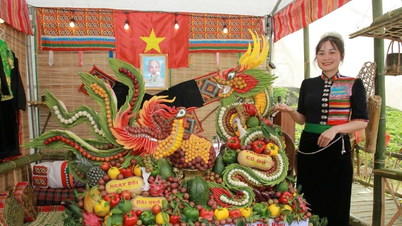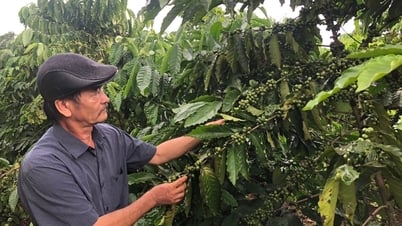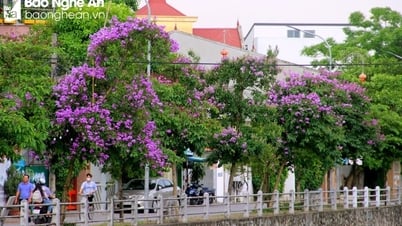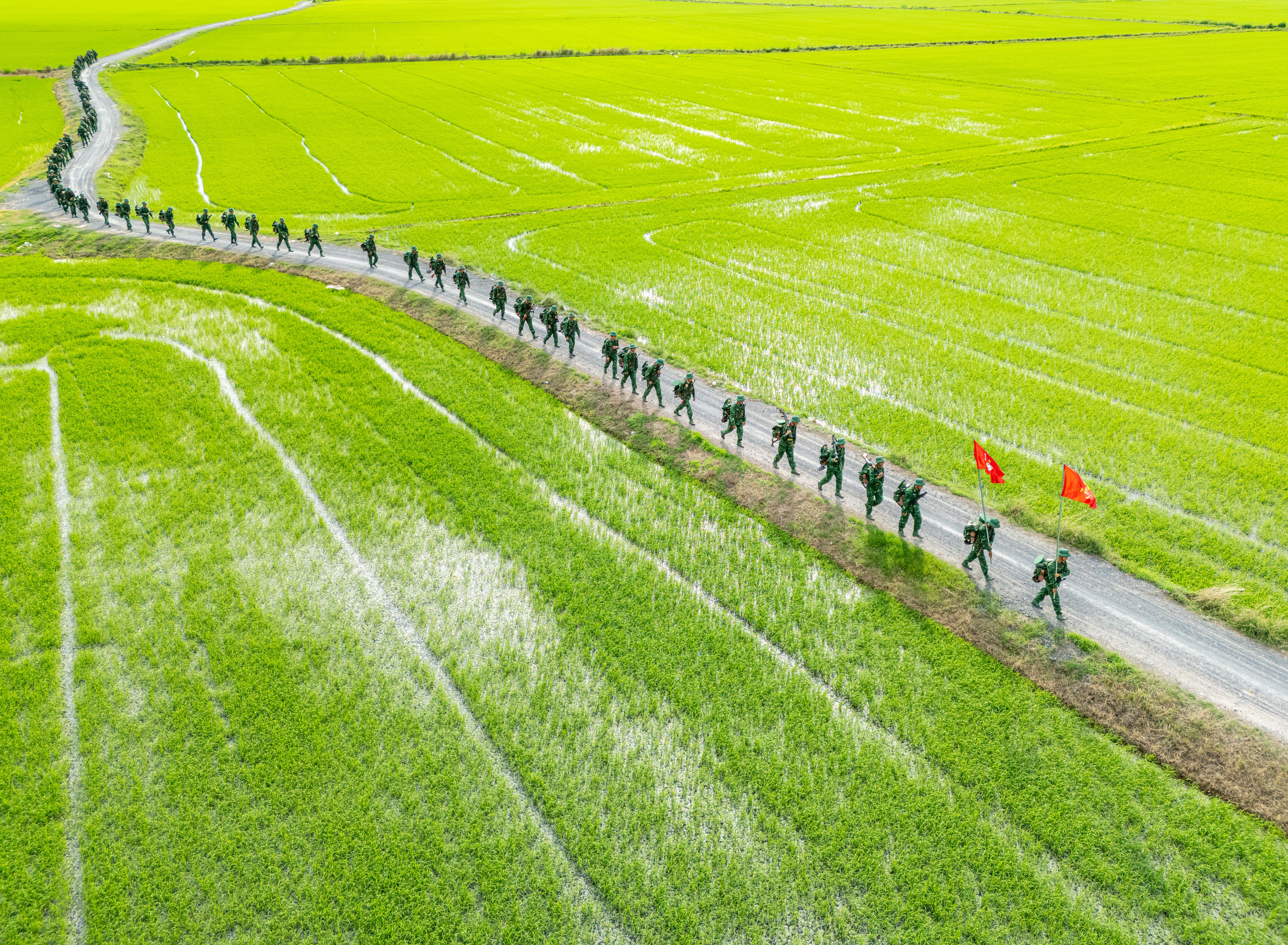However, some legal barriers are making insurance difficult for people to access, requiring timely and reasonable adjustments.
According to insurance companies and financial experts, amending the Law on Credit Institutions to tighten the situation of forcing people to buy life insurance when borrowing capital is necessary. However, the regulations do not clearly distinguish between investment life insurance and non-life insurance for risk prevention, causing misunderstanding and hindering essential insurance activities, especially in the agricultural sector.
Manage by product type
In 2023 and 2024, the insurance industry will face many public storms related to some individual violations of insurance companies or individual officials. As a result, customers will lose confidence, greatly affecting the reputation of the industry and the ability to provide insurance products to society and the economy .
In order to improve bancassurance activities (selling insurance through banks), the Law on Credit Institutions (amended), effective from July 1, 2024, prohibits credit institutions from forcing customers to buy insurance, especially investment life insurance, during the loan process.
However, the Law does not clearly distinguish between investment-oriented life insurance (the focus of the regulation) and non-life insurance such as property insurance and agricultural insurance (which are pure risk protection products, playing an important role in minimizing credit risks and protecting customers).
Article 113 of the Law stipulates that commercial banks are permitted to operate as insurance agents in accordance with the Law on Insurance Business, in accordance with the scope prescribed by the Governor of the State Bank. According to the Law on Insurance Business 2022, insurance agency activities include: consulting, introducing, and offering insurance products; arranging contract conclusion; collecting fees; and collecting documents for compensation settlement.
Thus, commercial banks are still allowed to carry out these activities, within the scope prescribed by the State Bank to suit the nature of the banking industry.
However, Clause 5, Article 15 of the Law on Credit Institutions 2024 strictly prohibits: "credit institutions, foreign bank branches, managers, operators, and employees of credit institutions from linking the sale of non-compulsory insurance products with the provision of banking products and services in any form".
This regulation causes credit institutions and customers to have different understandings, greatly affecting insurance activities through banking channels.
In fact, some insurance products, including agricultural insurance products, are effective risk prevention solutions, helping people develop sustainably.
Therefore, according to some financial experts, this type needs to be managed appropriately, and should not be applied rigidly like investment life insurance. Because products such as pet insurance, crop insurance, etc. are designed to protect against risks directly related to loans, are not at all investment-related, but are still classified as such.
This leads to a good policy that can unintentionally become a barrier, reducing the effectiveness of agricultural credit. Banks are afraid to cooperate with insurance companies, disrupting the insurance distribution channel through banks, causing millions of people to lose the opportunity to access necessary insurance products, especially in rural areas.
Towards protecting agricultural and rural capital resources
Reality also shows that without insurance, farmers do not dare to borrow capital to invest in production for fear of falling into bankruptcy when facing risks such as natural disasters and epidemics. Bad debt increases, banks are hesitant to lend, and the State has to spend the budget to support, leading to a double burden on the economy.
For example, when Typhoon Yagi hit Vietnam, the estimated damage was more than 85,000 billion VND, but insurance only covered about 9,000 billion - less than 11%.
In Quang Ninh alone, where the damage was the most severe, only 4.8% of the total damage was covered by insurance.
This shows that the level of protection provided by the insurance industry is still too low. Behind such low compensation figures, it also shows that the majority of risks still fall on the shoulders of the people and the state budget.
In order to support farmers in preventing risks of natural disasters and epidemics, thereby stabilizing their lives and developing production, Agribank Insurance has been formed in the Agribank ecosystem with the goal of bringing insurance services to remote areas.
 |
Agribank Insurance replicates distribution model with more than 3 million farming households. |
While many other insurance companies focus on the urban market, Agribank Insurance firmly chooses a specific direction: protecting rural workers and small-scale producers - a group of people vulnerable to natural disasters, risks and economic fluctuations.
Insurance products in the agricultural sector such as crop insurance, livestock insurance, borrower insurance, etc. are practical solutions that not only help people feel secure in production, but also contribute to stabilizing social security, reducing the burden on the state budget in disaster relief work.
To date, Agribank Insurance has developed and expanded its distribution model to more than 3 million farming households and tens of thousands of businesses, of which nearly 2 million customers participating in credit security are mostly farmers, fishermen, and salt farmers. It has resolved nearly 300,000 cases with a total compensation value of more than 6,000 billion VND, helping individuals and households borrow capital to repay bank loans, meet the conditions for re-borrowing capital, and restore production and business.
To remove difficulties for non-life insurance companies and help agricultural insurance continue to carry out its mission of supporting people, Agribank Insurance believes that it is necessary to supplement documents guiding the Law on Credit Institutions, clearly distinguishing between non-life insurance and investment life insurance; allowing banks to introduce and coordinate the provision of non-life insurance related to loans.
At the same time, build a specific mechanism that allows the application of many sales methods, avoiding the perception of forcing the purchase of insurance when borrowing capital. Especially, with fragmented, dispersed, and unconnected agricultural production, providing insurance to each farming household is very difficult.
In addition, it is necessary to consider risk insurance contracts (especially natural disasters) as a measure to secure loans, and at the same time increase loan limits with preferential interest rates.
Combining insurance with agricultural credit packages will minimize credit risks, protect bank loans and help farmers feel secure in borrowing capital to reinvest in production. Allowing loan interest rates to be reduced to facilitate customers to fully participate in insurance. Allowing credit institutions to lend insurance premiums if customers have a need (similar to developed countries) to increase the ability to participate in insurance.
As can be seen, when farmers do not have access to livestock insurance, they do not dare to borrow capital to invest in production. When they lose crops and assets without insurance, they return to the starting point of poverty.
When they borrow money from banks without insurance, or encounter health risks or natural disasters, they are likely to fall into bad debt. Millions of such farmers will make the sustainable agricultural development program just a slogan.
Insurance is not just a financial product – it is trust, protection and hope. Therefore, it is necessary to look at insurance for the agricultural sector with a development, innovation and transparency mindset, avoiding a law with the right goals becoming a barrier that deprives farmers of their vital interests.
Source: https://nhandan.vn/go-rao-can-phap-ly-de-bao-hiem-nong-nghiep-den-gan-hon-voi-nong-dan-post883110.html




















![[Photo] Warm cultural exchange program between Vietnamese and Chinese women and children](https://vphoto.vietnam.vn/thumb/402x226/vietnam/resource/IMAGE/2025/5/31/d1a2416767494e1e8af631b8bb8cb16f)
![[Photo] Crane falls on container truck and car at traffic construction site](https://vphoto.vietnam.vn/thumb/402x226/vietnam/resource/IMAGE/2025/5/31/a8d3ae08da324cfe8ee406174c0eacc4)








































































Comment (0)